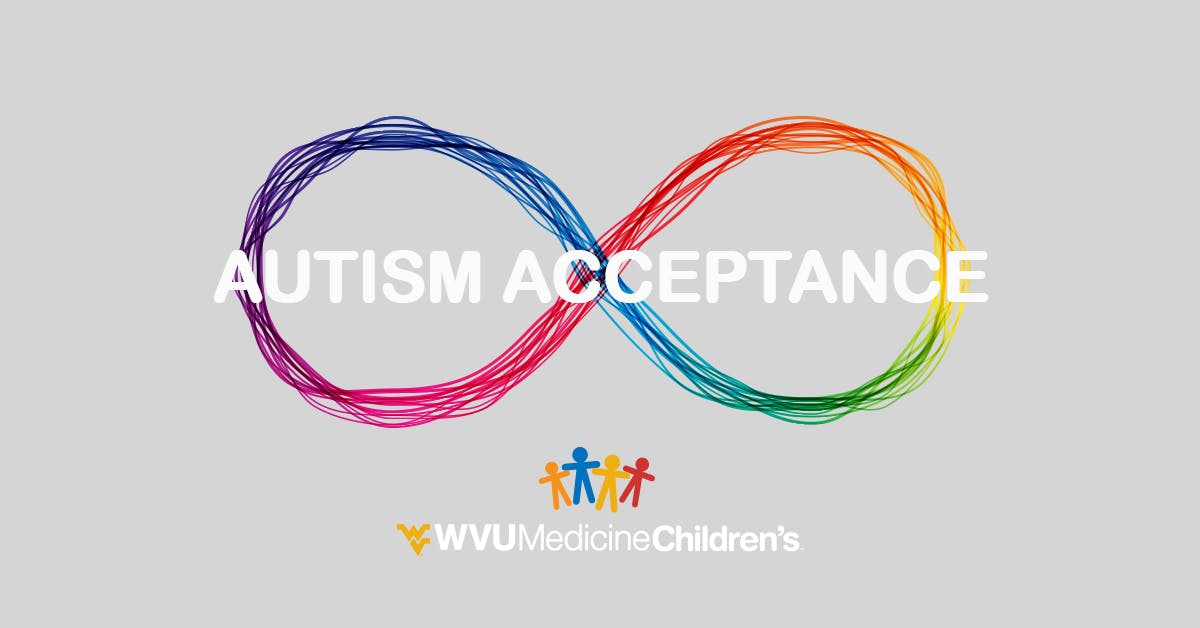Exactly How to Interact Successfully with Liked Ones on the Autism Spectrum
Exactly How to Interact Successfully with Liked Ones on the Autism Spectrum
Blog Article
Recognizing Autism: A Comprehensive Guide to Signs And Symptoms and indications
Autism Range Disorder (ASD) incorporates a variety of features that can dramatically affect an individual's social interactions and day-to-day functioning. Identifying the symptoms and signs, such as difficulties with eye contact, social interaction troubles, and sensory sensitivities, is essential for very early intervention. Comprehending these subtleties not only help caregivers and teachers in giving suitable support however also promotes an extra inclusive atmosphere for individuals with ASD. As we discover the complexities of autism, it comes to be important to consider exactly how these indicators manifest in a different way throughout the spectrum and what effects they hold for effective treatment techniques.
Review of Autism Spectrum Disorder
Defining Autism Spectrum Condition (ASD) includes identifying it as an intricate neurodevelopmental problem identified by a range of challenges in social interaction, interaction, and behavior patterns. The term "range" mirrors the vast irregularity in signs and symptoms and their severity, which can differ substantially from one person to one more. ASD commonly shows up in very early childhood years, although some people may not get a diagnosis until later in life.
Elements influencing the growth of ASD consist of hereditary tendencies and environmental aspects, although the exact reasons continue to be under examination. Diagnosis typically depends on behavioral assessments, as there are no definitive clinical examinations for ASD. Early treatment is vital and can dramatically enhance outcomes, concentrating on improving communication abilities, social interactions, and flexible actions.
Individuals with ASD might likewise exhibit one-of-a-kind staminas, such as outstanding attention to information or certain areas of know-how. Comprehending the multifaceted nature of ASD is necessary for promoting a comprehensive atmosphere that accommodates neurodiversity. Continued study is essential for establishing efficient interventions and assistance systems, allowing people with ASD to flourish and accomplish their prospective within culture.
Common Indications of Autism
Identifying the common indicators of Autism Spectrum Condition (ASD) is essential for early recognition and treatment. These signs can differ extensively in seriousness and discussion, but specific characteristics are often observed in people with ASD.
One of the most common indicators is a marked problem in developing and maintaining eye contact. Individuals might additionally exhibit restricted passion in social interactions and show a choice for solitary play. Repetitive habits, such as hand-flapping, shaking, or spinning objects, often emerge early in youth. In addition, some children may develop stringent regimens and become distressed if these regimens are interfered with.
Sensory sensitivities are likewise typical; people may underreact or panic to sensory stimulations, such as textures, sounds, or lights. autism. Language development can be irregular, with some children showing delayed speech or using language in uncommon means, consisting of echolalia-- duplicating sentences or expressions listened to in other places
It is necessary to note that not every individual with ASD will display all these signs, and the degree of these behaviors can differ substantially. Early acknowledgment permits prompt assistance and sources, improving the lifestyle for those on the spectrum.
Social Interaction Obstacles
Social click this interaction obstacles are a characteristic of Autism Range Problem (ASD), affecting an individual's ability to engage effectively with others. These difficulties can show up in numerous means, consisting of difficulties in initiating and keeping discussions, comprehending social cues, and reacting properly in social interactions.
Individuals with ASD might fight with nonverbal interaction, such as eye get in touch with, facial expressions, and body movement. This can bring about misunderstandings, as their communicative intent may not be appropriately translated by others. In addition, they might discover it difficult to realize the subtleties of tone and context, which are vital for effective communication.
In group setups, individuals with ASD might really feel overwhelmed and might not know just how to join in discussions (autism). They could also show atypical conversational patterns, such as monologuing regarding specific rate of interests without identifying social reciprocity
Furthermore, these obstacles can result in social seclusion or troubles in forming connections, as peers might misinterpret their habits or interaction design. Understanding these social communication obstacles is vital for fostering helpful atmospheres that advertise social abilities development and improve the high quality of interactions for individuals on the autism spectrum.
Sensory Level Of Sensitivities and Responses
Many individuals with Autism Spectrum Condition (ASD) experience enhanced sensory sensitivities that can substantially impact their lives. These level of sensitivities might show up as over-responsiveness or under-responsiveness to sensory stimulations, including noises, lights, structures, preferences, and scents. For instance, an individual with ASD might find everyday noises, such as a hoover or crowded environments, overwhelmingly distressing, bring about anxiousness or disasters. Alternatively, some might exhibit an indifference to discomfort or extreme temperature levels, which can posture safety concerns.
Sensory processing distinctions in individuals with ASD can additionally affect their capability to participate in regular tasks and social interactions. A kid who is delicate to touch might withstand physical love or prevent certain apparel materials. A choice for specific appearances or tastes can restrict dietary choices and create difficulties throughout mealtimes.
Comprehending these sensory sensitivities is essential for recognizing the special experiences of individuals with ASD. Understanding of their sensory accounts can cultivate far better communication and support approaches, developing special info a setting that fits their needs and boosts their quality of life. Eventually, recognizing sensory level of sensitivities is a critical component of comprehending the wider spectrum of autism.

Sustaining Individuals With Autism
Efficient assistance for individuals with Autism Spectrum Problem (ASD) is critical for enhancing their general health have a peek at these guys and fostering self-reliance. Assistance strategies ought to be customized to fulfill the distinct requirements of each person, considering their obstacles and strengths.

Social skills training can additionally play a pivotal function. autism. Involving people in team tasks or role-playing scenarios can enhance their ability to browse social interactions. Additionally, it is vital to enlighten family members, caregivers, and peers about ASD to promote a comprehensive and encouraging community
Conclusion
By cultivating boosted interaction and social skills, individuals with autism can browse their settings a lot more effectively. Ultimately, raised recognition and support can considerably enhance the top quality of life for those influenced by ASD.
Autism Range Disorder (ASD) encompasses a vast variety of qualities that can significantly influence an individual's social interactions and everyday functioning.People with ASD may battle with nonverbal interaction, such as eye contact, face expressions, and body language.Lots of individuals with Autism Range Condition (ASD) experience heightened sensory level of sensitivities that can considerably influence their everyday lives.Sensory processing differences in people with ASD can likewise influence their capability to engage in social communications and routine activities.Understanding these sensory level of sensitivities is important for identifying the distinct experiences of individuals with ASD.
Report this page